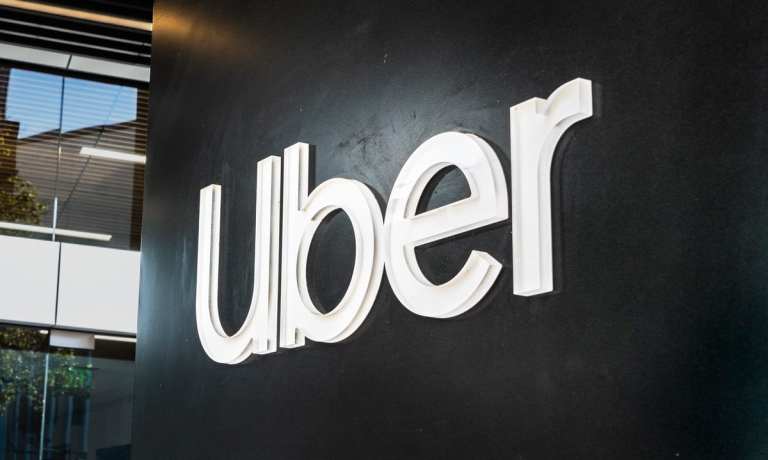Uber Touts Delivery Business In Q3 Earnings Call

It was an eventful week for Uber.
Fresh off a victory at the polls that could have upended its business model, the company projected a confident stance in all areas of its business during its third quarter earnings call Thursday (Nov. 5).
CEO Dara Khosrowshahi tipped his hat to all of Uber’s businesses from its core ridesharing division to Uber Eats.
“We are fortunate to have both a global footprint and such a natural hedge across our two core segments,” Khosrowshahi said in his call with investors. “As some people stay closer to home, more people are ordering from Uber Eats than ever before. I think we are seeing a distinct possibility that delivery could grow up to be as significant as transportation as the crisis has introduced new customers into the segment at a velocity we could not have anticipated. The fact that we doubled down as aggressively as we did in delivery for the last few years is either terrific foresight, terrific luck or some combination of both on our part.”
By the numbers, Uber’s ridesharing business continued to see diminished use as ridership was down 52 percent year on year, a fall off not quite displaced by the 190 percent year-on-year growth its delivery business saw in Q3.
In terms of improvement, however, Uber told investors that signs are continuing to emerge that the company’s core mobility business is heading toward full recovery with ridership on the rise in 11 of the top 15 markets in the United States during Q3, including New York City, Chicago and Atlanta. He called out New York in particular as having reclaimed over 65 percent of its average ridership at this time of year. Khosrowshahi reiterated his guidance that “Uber comes back when cities come back.” He further touted the success of Uber’s new “no mask, no ride” policy as effective in both making riders more comfortable getting vehicles and drivers more comfortable getting back out on the road.
Khosrowshahi also celebrated the passage of Proposition 22 in California Tuesday (Nov. 3). It will allow Uber and other gig economy players like Lyft, Instacart and DoorDash to continue to treat their workers as independent contractors instead of employees as AB5 would have required them to. The new law will instead obligate Uber and similarly structured firms to offer drivers partial benefits, including minimum base pay above the federal minimum wage, and an insurance subsidy for drivers based on how much they drive. Khosrowshahi noted on the call that while Prop 22 is a good start in the U.S.’s largest labor market of California, Uber will continue to advocate for ballot measures like Prop 22 across the U.S.
In questions from analysts, Uber was asked about its prospects in its delivery business, its plans for profitability and its ongoing expansion via the acquisition of Postmates and Cornershop, a grocery delivery business. Specifically, Khosrowshahi was asked if he thought delivery would ever surpass transportation as Uber’s core business.
“I won’t make a call about which side of the business is ultimately going to be bigger,” he said before joking, “I prefer to let those two teams fight it out.”
He went on to note more seriously that the company’s ongoing investment in delivery, including the two big acquisitions were both testaments to the potential it believes remains in that market. In terms of penetration for Uber Eats, he said, the service is only connected to 30 percent of U.S. restaurants, 15 percent of France’s and 10 percent in Japan. Much of Uber’s bullishness on how much it can grow delivery, he told analysts, is based on how much room there is to grow into in the segment. Delivery, he said, has grown such a massive amount in the last year that it can be easy to lose sight of “how early we still are in the development of this segment.”
Despite the sunny outlook for what’s next, Q3 revenue came in at $3.1 billion for the quarter, down 18 percent compared to the same period last year and falling short of analyst estimates. Uber also reported 62 cents per share in losses, rather than 65 cents per share expected.
All in, the news didn’t move investors much one way or the other, as Uber’s stock has remained mostly flat in after-hours trading.